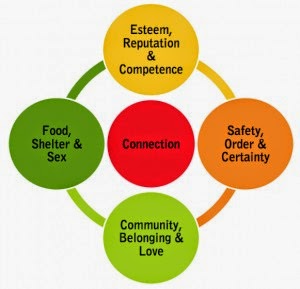Il sollevamento delle pietre di Stonehenge: la simulazione del fisico Ahmed Boudjani

Ahmed Boudjani è un fisico che ama l'archeologia e le rappresentazioni multimediali. Utilizzando 3ds Max e MassFX ha creato una bella simulazione dedicata al sollevamento delle pietre di Stonehenge. La parola chiave è gravità , non c'è dubbio: una forza inesauribile da vincere con intelligenza e da sfruttare con astuzia. "Queste persone - sottolinea Boudjani - non conoscevano le leggi della fisica ma sapevano istintivamente come gli oggetti si comportano rispetto alla gravità" Il video realizzato da Ahmed Boudjani mostra il sistema di trasporto delle pietre (le più grandi pesano 25 tonnellate) e la loro messa in posa (effettuata sotterrandole per 1/3 della loro altezza):







